You shouldn’t need a degree to understand house leveling. That’s why we wrote this guide. Don’t waste your time on long, boring blogs. By the end of this short article, you’ll know the five basics of house leveling, and you’ll be able to pick up the phone and call for the right solutions. Let’s start at the beginning, what is house leveling?
1. What Is House Leveling?
House leveling is a foundation repair process that lifts a settling home back to the maximum practical level.* An unlevel home is unsafe, loses value, and will affect your everyday life. Now you’re probably asking yourself, why is my house unlevel?
*Maximum practical level is the ultimate amount of foundational lift achievable before causing structural or cosmetic damage to a home.
2. Why Is My House Unlevel?
Homes become unlevel because of differential settlement. When your home is first built, the foundation should naturally settle into the soil in a uniform manner. Differential settlement is when sections of your home settle at different rates, hence the name. This unbalance causes all sorts of problems.
What causes differential settlement?
- Buried material – Any buried construction or organic material can break down over time, creating voids where the material once was. If pockets are formed underneath a section of your home, that section will settle into the pockets or voids.
- Poorly compacted/backfilled soil – Before your home is built, the builder uses a steam roller to compact loose soil, creating a stronger base for your foundation to sit on. If this important process was skipped or done incorrectly, differential settlement could occur.
- Poor soil conditions – If your foundation was built on top of expansive soil, differential settlement could be an issue. Expansive soil contains a lot of clay and experiences a constant swelling-shrinking cycle that puts stress on your foundation. When the soil gets wet, it expands, and when it dries, it shrinks.
- Poor drainage – Water in your soil can cause a variety of problems. Depending on the type of soil, water can wash it away leaving voids behind. Or, if the soil is expansive, it could swell and push against your foundation.
- Tree roots – Tree roots can drink the moisture from your soil and create voids under your foundation.
- Soil creep – Soil creep is when soil slides down a hill and causes lateral movement against your foundation.
- Natural disasters – Earthquakes, floods, droughts, and sinkholes can definitely cause differential settlement.
- Renovations – Adding a new story to a section of your home will increase the weight on your foundation and the soil beneath it. More weight equals more settling.
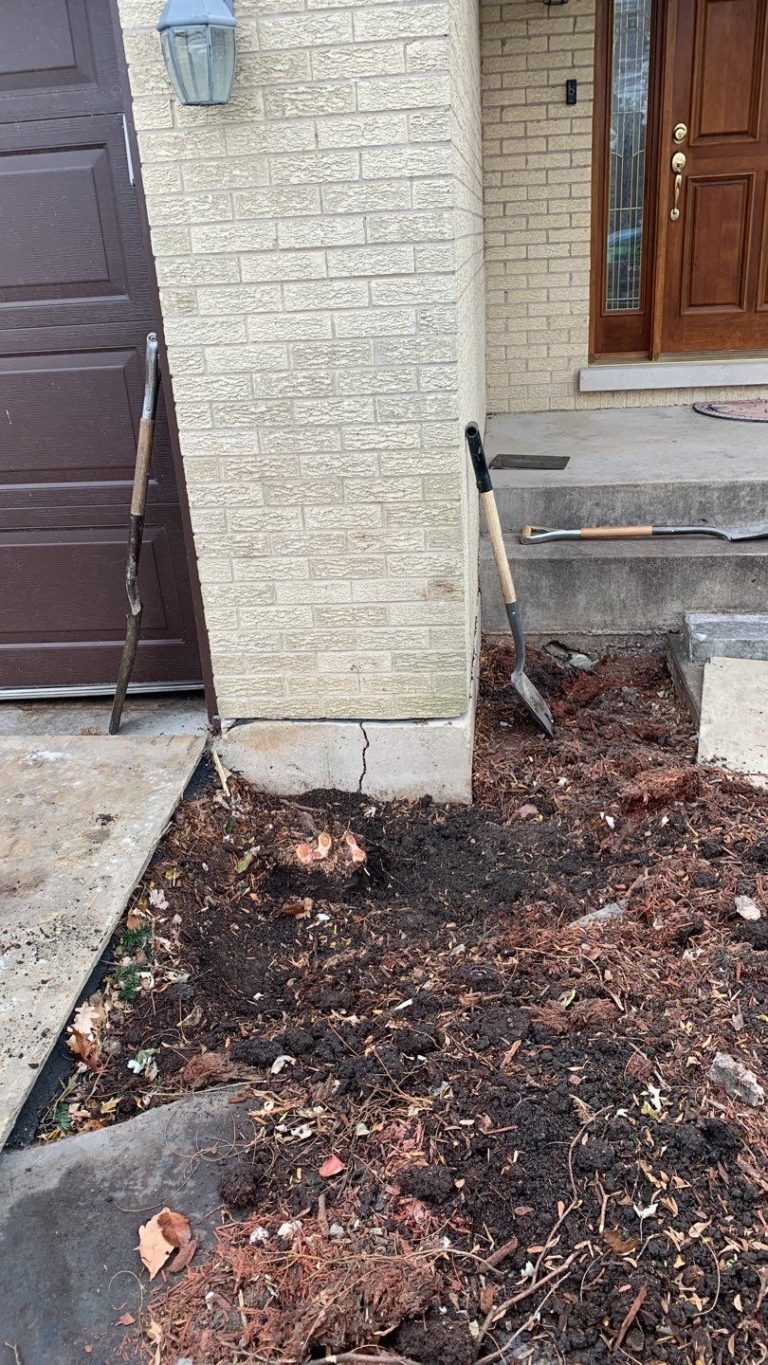
3. When Do You Need House Leveling?
Here are 11 signs you need house leveling.
- Your doors and windows are starting to stick.
- You have sunken, bowed, or uneven flooring.
- Walls are separating from the floor.
- Cracks are running wall-to-wall across your floor.
- You have cracked, bowing, or leaning walls.
- Your wallpaper is tearing off cracked walls.
- When the outside of your foundation is sinking, and the inside is rising. This can cause wall rotation.
- If large cracks are running from the corners of your doors and windows to the ceiling.
- The moldings where your walls meet your ceiling are separating.
- You have stair-step cracks in your brick or concrete walls.
- Your chimney or porch is separating from the rest of your house. (This problem may be isolated to the foundation under your chimney or porch).

4. How To Level Your Home
House leveling should only be done by professionals. But, that doesn’t mean you shouldn’t know how the process works. Underpinning is one of the best ways to re-level your home. There are two types of underpinning methods: steel push piers and helical piers.
Steel push piers – Steel push piers are long piles that are pushed down underneath your foundation until they reach a stronger soil. After all, the soil is what caused your home to settle. Once the piers reach the new soil, hydraulic jacks push down on the pier and lift the home back up.
Helical piers – Helical piers, also known as screwpiles, work the same way as push piers, except for how they are driven into the soil. Like a corkscrew, the pier is twisted into the ground until it reaches the stronger soil. Then, hydraulic jacks lift the foundation back up, leveling your home.
Read more about underpinning.
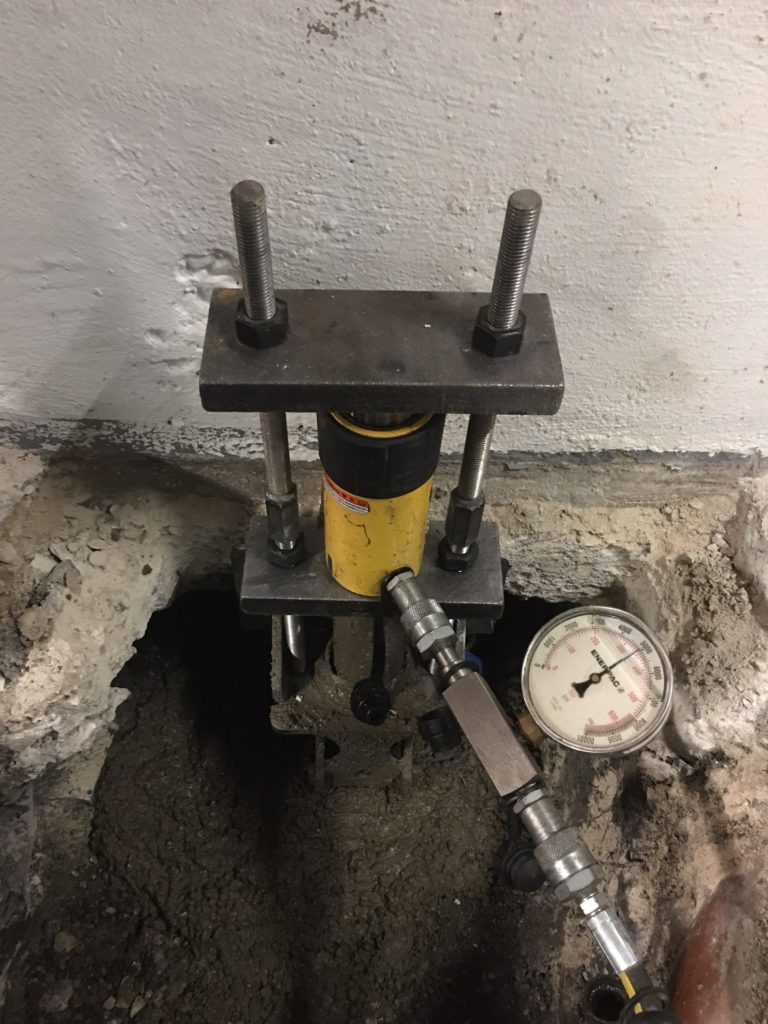
5. How To Avoid An Unlevel Home
The main reason your home is unlevel is due to differential settlement. So you how do you avoid differential settlement? As we said earlier, differential settlement can result from too much moisture in your soil. If you want to keep water away from your foundation, here’s what you can do.
- Add an interior drain tile system.
- Add an exterior drain tile system.
- Add a french drain in your yard.
- Add gutter and downspout extensions.
- Add a sump pump.
Read more about how foundation drainage keeps your home and soil dry.
The Real Seal
If you live in the Greater Chicago area and need house leveling, who do you call? There are so many options out there. Who can you trust to provide quality service? You need the real deal, and you need The Real Seal. Call us today, and we’ll get you started with an in-depth inspection, free repair estimate, and a list of our finest solutions. We also provide basement waterproofing, crawl space encapsulation, crawl space repair, concrete leveling, and more.
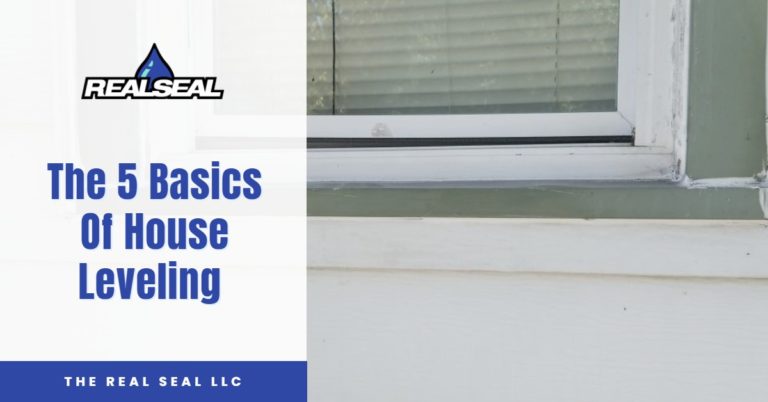
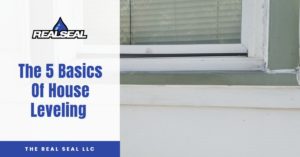
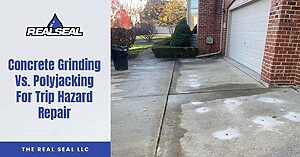
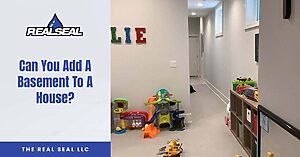
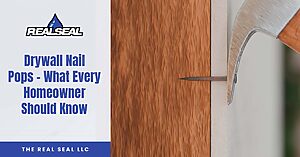
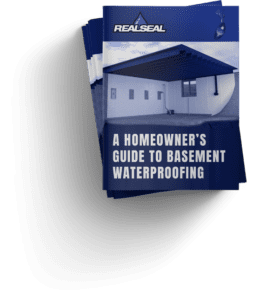

2 Responses
Great info, Tks.
Happy to help!